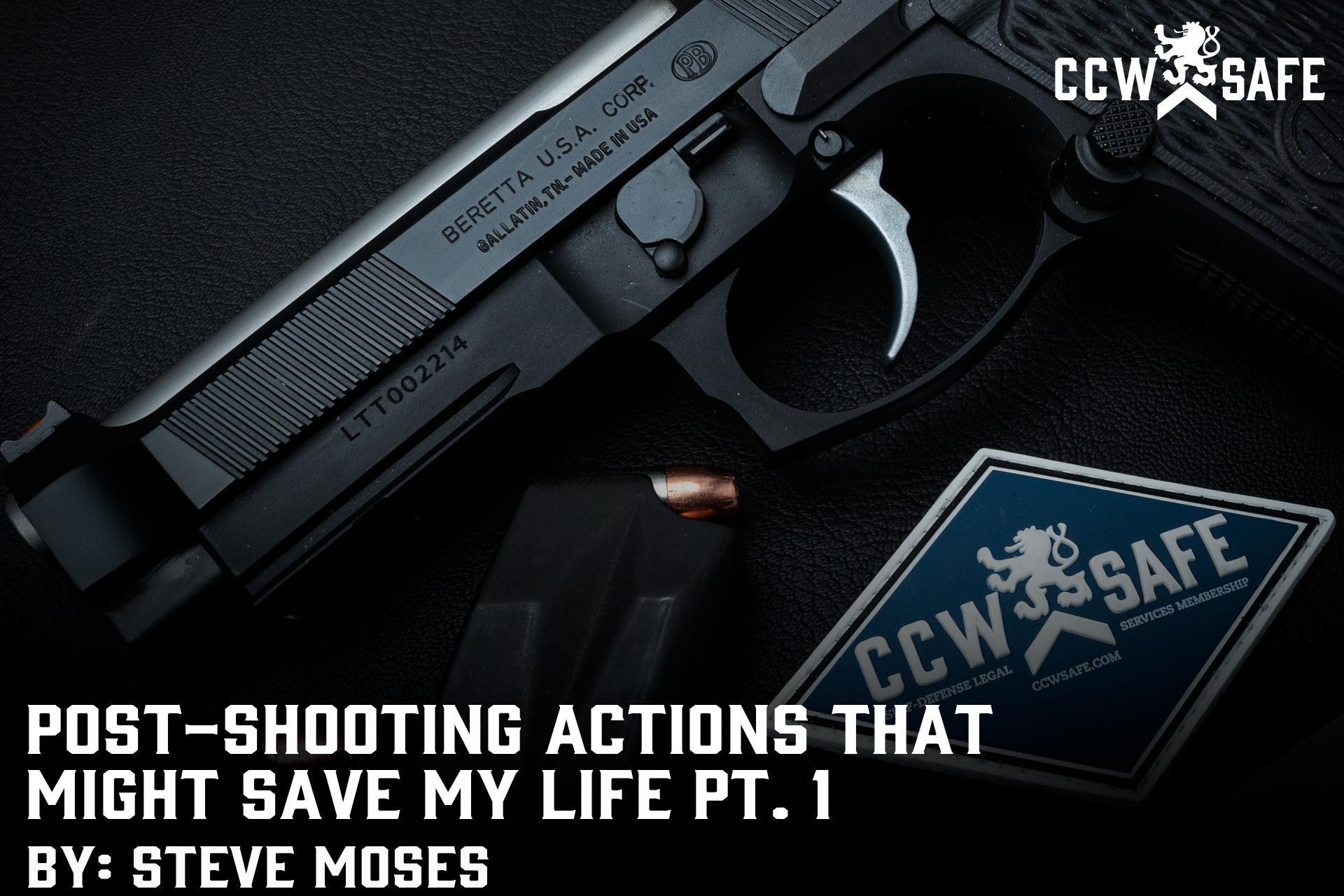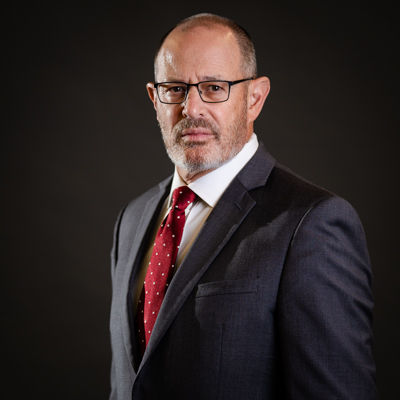
Posted on July 19, 2021
POST-SHOOTING ACTIONS THAT MIGHT SAVE MY LIFE PT.1
Last month in Arvada, Colorado, Ronald Troyke arrived at the Olde Towne Square downtown area armed with a shotgun and rifle. Officer Gordon Beesley was dispatched to the scene pursuant to a suspicious person call and began searching for Troyke on foot. While he was walking through an alley he was observed by Troyke, who was at that time in his truck. Troyke followed Beesley in his truck, then parked it, emerged with a shotgun, and began to follow the officer. At some point he shot and killed Officer Beesley and then began to fire his shotgun at other patrol cars in the crowded downtown area. Troyke then went back to his truck, exchanged his shotgun for an AR-15 rifle, and headed back towards the Olde Towne Square. Before he could shoot anyone else, he was intercepted by concealed carrier John Hurley, who the Arvada Police Department called a hero who “saved numerous lives to include civilians and other Arvada Police Officers.” Hurley moved in and shot Troyke, who did not survive. Sadly, neither did Hurley, who was mistakenly shot by a responding police officer after he picked up the killer’s rifle.
Shortly after this took place, firearms instructor and former Special Forces operator and trainer John Holschen posted the following: “As a private citizen, I do not suggest that you approach a downed bad guy (BG) as a default action. Observe him from cover/distance until LE (‘Law Enforcement’) arrives. If the BG attempts to rearm himself and continue his assault he can be dealt with appropriately from that position. Yes, there are exceptions to every rule (such as) a hostile crowd threatening to pick up his weapon. In the absence of such a threat, however, I have no reason to approach the BG and even less reason to want to touch his weapon.”
The remainder of this article addresses specific actions that concealed carriers might take (or even avoid) after a shooting in order to ensure that they are not shot by mistake by responding law enforcement, other concealed carriers, or even accomplices to the shooter. The same is true even if the attacker is no longer at the scene.
Do I choose to get involved, or do I have to get involved? Do I need to immediately defend myself and perhaps my loved ones and my only option is to engage the shooter? Do I need to rush towards gunfire because the same loved ones are in jeopardy of being shot? Am I willing to risk my life to save people that I do not know? Or do I really just want to be a hero and this may be my one and only chance to make that happen?
If I need to rush to the scene, I may be best served by keeping my handgun holstered with perhaps my hand on the grip or in a low-profile position like compressed low ready. It is one thing if I am on a House of Worship Security Team responding to an active shooter and another to just be one more face in the crowd except for the fact that I am holding a highly visible handgun in a chaotic environment where it is easy to be mistaken for the shooter.
I will not approach the shooter after he or she has either surrendered or been shot and apparently incapacitated. I could be mistaken by others for the shooter, or he or she may suddenly re-animate and start shooting again. There is always the possibility that the shooter may be carrying an improvised explosive device and feigning death in order to take me and others with him or her. One exception for me is that I may need to close distance in order to get to an injured third party. If so, I want to treat the shooter like that Michael Myers character in the Halloween movies and never turn my back on him or her.
I am going to leave the shooter’s gun alone. This goes double if it is a rifle or shotgun. It is simply not good form to be carrying a long gun in a location which no one else is conspicuously carrying firearms, and my chances of being mistaken for the shooter could increase astronomically. One exception that I can think of is that if I need to leave the scene in order to move to where other family members or loved ones are then I do not want the shooter to recover, follow me, and shoot me in the back. Unless it is a Mumbai scenario in which there are multiple armed terrorists shooting up the place, there is nothing to gain by holstering my pistol and using the shooter’s long gun instead. I think the possibility of needing to take the shooter’s long gun are remote, but the odds are always greater than zero. If so, removing the magazine on a magazine-fed rifle, clearing the chamber, and then holding the firearm with the support hand so that the inside of the buttstock contacts the top of the shoulder (which results in the muzzle pointing down at the ground but not my feet) and holding my dominant hand near the side of my face with my palm facing outward and fingers splayed may go a long ways toward my not being mistaken for the shooter and engaged.
Part Two of this article covers the topics of moving to a better and safer position, scanning for additional shooters, prepared for the arrival of responding law enforcement officers and other concealed carriers in possible “hero” mode, calling 911, interacting with responding law enforcement upon arrival, and preparing for the aftermath after the scene has been fully secured.
 |
Steve MosesSteve Moses has been a defensive firearms trainer for over 26 years and is a licensed Texas Personal Protection Officer with 7 years of experience performing as shift lead on a church security detail for a D/FW area metro-church. Steve is a co-owner and Director of Training for Palisade Training Group, LLC based in Dallas, Texas. Moses is a retired deputy constable and spent over 10 years on a multi-precinct Special Response Team. He owns multiple instructor certifications, including Rangemaster Advanced Handgun Instructor and Defensive Shotgun Instructor, Red Zone Knife Defense Instructor and Adaptive Striking Foundations Instructor, Modern Samurai Project Red Dot Sight Instructor, and State of Texas Personal Protection Officer Instructor. Steve holds a BJJ Brown Belt in Relson Gracie Jiu Jitsu. He is a content contributor for CCW Safe and writes weekly articles on various subjects of interest to concealed carriers. Moses shoots competitively and holds an IDPA Expert rating. Steve is an annual presenter at the Rangemaster Tactical Conference. |